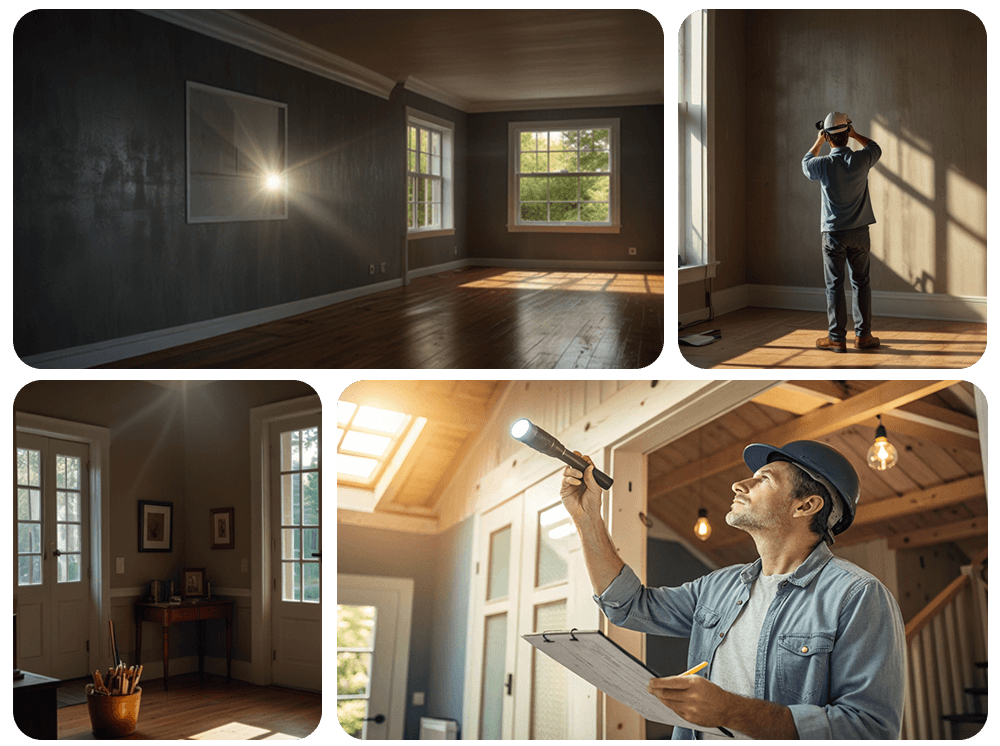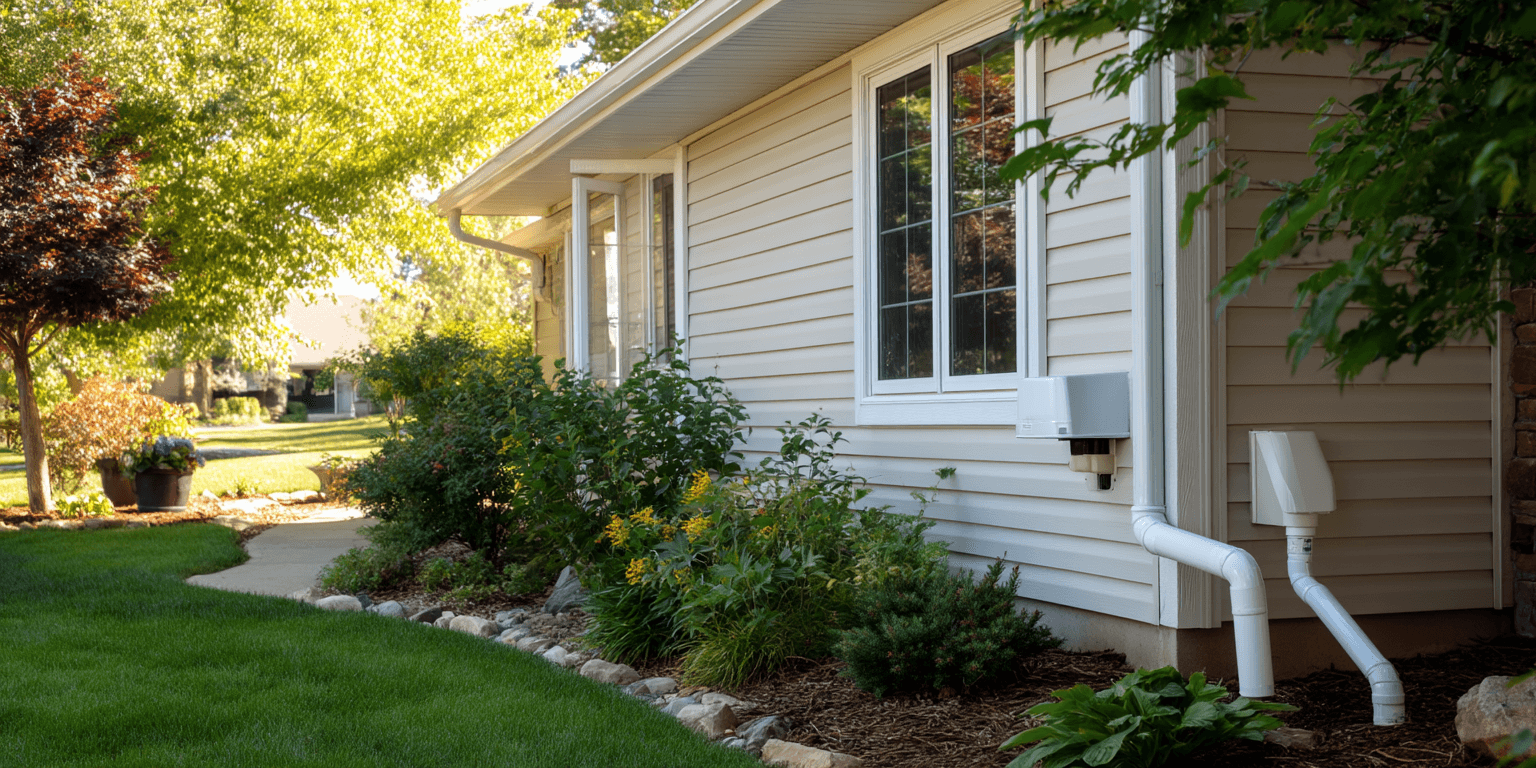Radon is a naturally occurring radioactive gas that poses a significant health risk when it accumulates in homes. This invisible menace is colorless, odorless, and tasteless, making it impossible to detect without proper testing equipment. As the second leading cause of lung cancer after smoking, radon represents a serious threat that demands attention from homeowners and property buyers alike.
The gas typically infiltrates homes through various entry points, including cracks in floors and walls, construction joints, and gaps around service pipes. This natural phenomenon results from the decay of uranium present in soil and rocks beneath our homes. North Texas residents face particular challenges due to the region's unique geological features, which can facilitate increased radon seepage into buildings.

Understanding these risks becomes even more crucial when considering that radon can accumulate to dangerous levels without any immediate signs or symptoms. The Environmental Protection Agency (EPA) estimates that radon exposure leads to thousands of preventable lung cancer deaths annually. This sobering statistic underscores the importance of regular testing and monitoring, especially in areas known for elevated radon levels.
For Denton residents, radon testing represents a crucial step in maintaining a safe living environment. The area's geological composition makes it susceptible to higher radon concentrations, highlighting the need for regular monitoring. Professional radon testing services offer comprehensive evaluations that can detect potential risks before they become serious health hazards.
Testing methods vary in scope and duration, with options available to suit different needs and circumstances. Short-term tests, which typically last between two to seven days, provide quick insights into current radon levels. However, long-term testing, conducted over three months or more, offers more accurate results by accounting for seasonal variations and changing living patterns.
Professional radon inspections employ sophisticated equipment and expertise to deliver precise measurements and detailed analysis. These services prove particularly valuable during real estate transactions, as they can identify potential issues that might affect property values or require mitigation before sale completion.
The testing process typically focuses on the lowest lived-in level of the home, as radon tends to accumulate in basements and ground-floor areas. Professional inspectors strategically place testing devices to ensure accurate readings and comprehensive coverage of the living space. They also consider factors such as weather conditions, ventilation patterns, and building characteristics that might influence radon levels.

North Texas presents unique challenges regarding radon exposure due to its distinctive geological makeup. Recent studies indicate that approximately one in every fifteen homes in the region may contain elevated radon levels exceeding the EPA's action level of 4 picocuries per liter (pCi/L). This concerning statistic highlights the importance of regular testing and monitoring.
The region's varying soil composition, particularly areas rich in limestone and granite, contributes to higher radon concentrations. These natural formations contain trace amounts of uranium that, through radioactive decay, produce radon gas. As this gas rises through the soil, it can become trapped within homes, potentially reaching dangerous concentrations.
Local weather patterns and seasonal changes can also impact radon levels. During winter months, when homes are typically sealed tight for heating efficiency, radon concentrations often increase due to reduced ventilation. Similarly, barometric pressure changes and precipitation can affect how readily radon enters buildings through foundation cracks and other entry points.

Discovering elevated radon levels requires prompt action to protect household members from prolonged exposure. The first step involves implementing immediate measures to improve ventilation while planning for more permanent solutions. Opening windows and using fans can help temporarily reduce indoor radon concentrations, though this approach isn't practical for long-term management.
Professional radon mitigation systems offer the most effective long-term solution for managing high radon levels. These systems typically employ sub-slab depressurization technology, which creates a negative pressure environment beneath the home's foundation. This pressure differential prevents radon from entering living spaces by redirecting the gas outdoors through a network of pipes and fans.
The installation process requires careful planning and expertise to ensure optimal effectiveness. Certified professionals will assess your home's specific characteristics to design a system that addresses your unique situation. This might include sealing foundation cracks, installing ventilation pipes, and placing exhaust fans in strategic locations.
Regular maintenance and monitoring of mitigation systems ensure continued effectiveness. This includes periodic testing to verify that radon levels remain below the EPA's recommended threshold and checking system components for proper operation. Professional inspectors can provide guidance on maintenance schedules and necessary adjustments to maintain optimal performance.
Taking proactive steps to address radon concerns provides essential protection for your family's health and well-being. Regular testing, particularly in high-risk areas like North Texas, serves as the foundation for effective radon management. Homeowners should consider scheduling professional inspections every two years or more frequently if significant structural changes occur.
Prevention extends beyond testing to include practical measures that can reduce radon entry:
For homes with elevated radon levels, professional mitigation systems provide reliable, long-term protection. These systems, when properly installed and maintained, can reduce indoor radon concentrations by up to 99%, creating a significantly safer living environment.
Don't wait to address potential radon concerns in your home. Contact a professional radon inspection service today to schedule a comprehensive evaluation of your property. Their expertise can provide peace of mind and, if necessary, guide you through the process of implementing effective mitigation strategies. Remember, protecting your family from this invisible threat starts with a simple phone call to schedule a professional radon inspection.